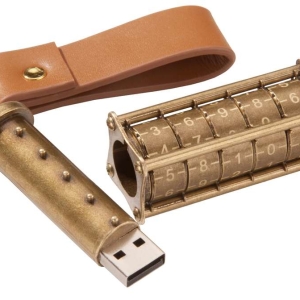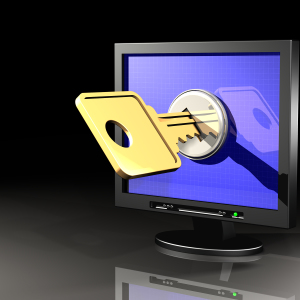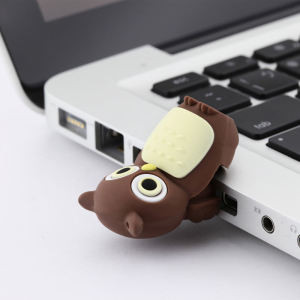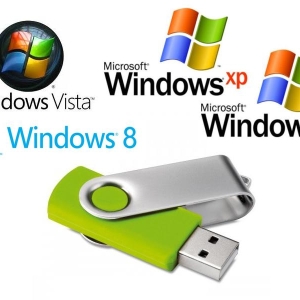Time disks have long passed - disks came to replace, and after them flash drives. But, despite the improvement of technology, flash drives were not deprived of one characteristics known since the use of flexible disks. When you try to write, you can give you the following message: "The disk is locked and cannot be used to record files." Fortunately, this problem can be solved quite quickly, but before, it should be noted, for what purpose is set to write to a flash drive: This functionality is created to protect the drive from viruses that can independently infect removable media without any user participation.
Removal options from flash drive
There are two main ways to remove protection from a flash drive: software and hardware. The latter method involves switching the block, which is present in some flash drives and SD cards. This switch is usually located on the side of the device.
Carefully inspect your drive, find the open / closed lock icon on it or the lark inscription. To remove protection, it is enough to move the lever in the opposite direction, and write protection will be removed. Now simply install the flash drive into the connector, and repeat the file entry operation.
The locking method of removing the lock implies the interaction of the flash drive and operating system controller. Record protection is removed using the command line, registry editor or using local group policies (the last option is not considered, the first two enough).
Remove the protection of the recording from the flash drive using regedit
- Open the Start menu, enter "Regedit" in the search field. When the search finds the program, right-click on the program and click "Run from the administrator."
- Now go to the section on the way: HKEY_LOCAL_MACHINE \\ SYSTEM \\ CURRENTCONTROLSET \\ CONTROL \\ STORAGEDEVICEPOLICIES
- If this partition simply does not exist on your computer, it will be necessary to create it. To do this, click on the "Control" folder, click the right mouse button and create a section called "StorageDevicePolicies".
- Now create the "DWORD" parameter in the created registry branch. For more convenience, let's call this element, for example, "WriteProtect".
- Now it is necessary to make sure that the value of the "WriteProtect" parameter is "0". We check it with the PCM click on "WriteProtect".
- Close the editor, take out the flash drive and reboot the computer. Now the removable drive will work in the usual mode, allowing you to record files.

Remove the protection from the flash drive using Diskpart
If the first method did not help you, you can unlock the USB flash drive using the DiskPart interpreter. We will not particularly delve into the details of this tool, and immediately proceed to the case: open the "Start" menu and enter "CMD", click on the search result and run this program on behalf of the administrator.
Now you need to enter the "diskpart" and "List Disk" commands (do not forget to press Enter). Then it is worth finding out what the sequence number has a drive. Make it can be focused on the scope. Select the desired USB flash drive using the "SELECT" command, clean the Attributes Disk Clear Readonly attributes. If the drive is to format, then enter "Clean", create a section "Create Partition Primary", enter the "Format FS \u003d NTFS" (or in Fat "Format FS \u003d FAT").
Everything, now you can dump the files you need, and no errors will give out.

































both methods do not work. The command line gets out a message from Diskpart- A problem is detected - the carrier is protected from recording (as if I do not know) .. and when you try to create a new section Create Partition Primary gets out the volumetric text - not found available areas, etc. Through the REGEDIT also does not go out .. everything did it as written - overloaded - nothing has changed, blocking was overtaken .. How can you really remove it?
Same problem. What to do?